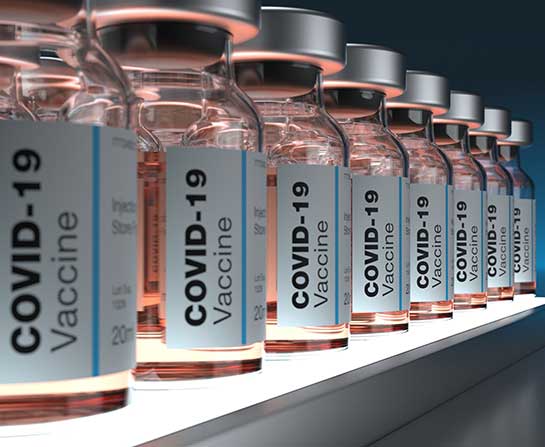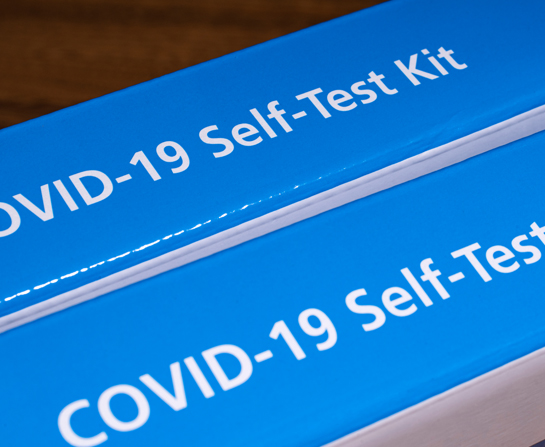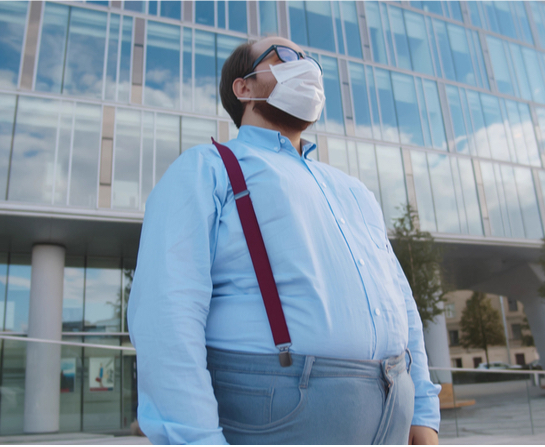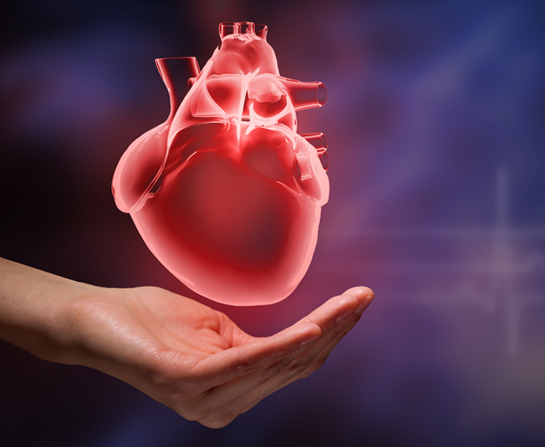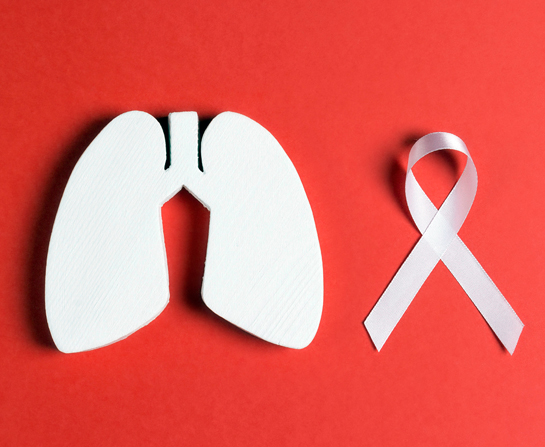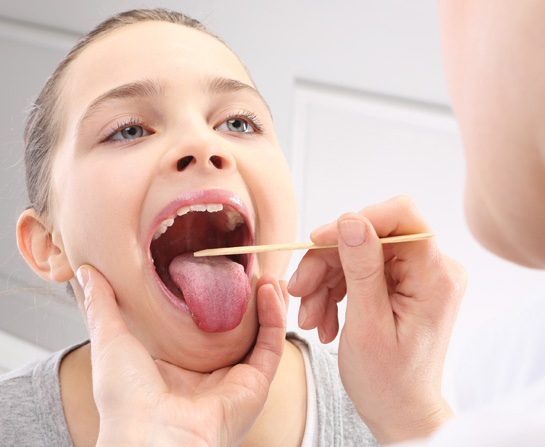FRANKINCENSE
May 8, 2022 Return
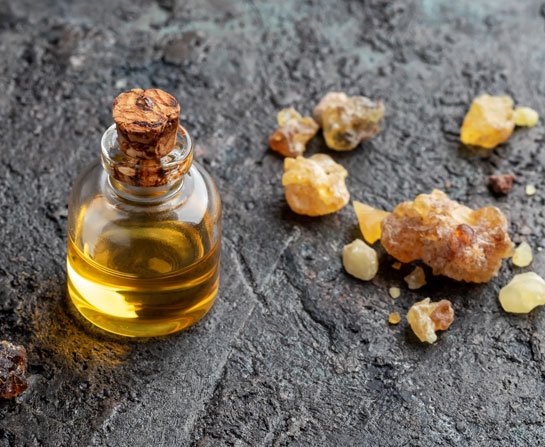
WORDS RACHEL SOON
Kundur, salai, parangi, dhup, shallaki, cunnampu… depending on which part of Asia you’re in, Indian frankincense is known by many names. Prized as incense in religious ceremonies, as perfume, and as a healing herb, this sweet-smelling resin from an ancient tree species has caught the eye of researchers as a possible answer to painful joints.
Besides Boswellia serrata, a few other closely related tree species also produce frankincense. Boswellia carterii grows throughout the Arabian Peninsula, and traditional Chinese medicine makes use of its resin, known as ru xiang (‘fragrant milk’). Boswellia frereana or Coptic frankincense is more local to Somalia and parts of Northeast Africa.
Boswellic acids—a solution for anti-inflammation?
The key component seems to be what scientists have named boswellic acids. For one thing, they’ve been shown to slow down the production of cytokines in the human body.
Cytokines are little bits of protein that normally tell the body to cause inflammation in a particular spot; while this is normally meant to help heal the body, cytokines can sometimes go overboard, causing too much inflammation and hurting the body instead.
More than 12 different kinds of boswellic acids have been found, but two in particular: acetyl-11-keto-β-boswellic acid and 11-keto-β-boswellic acid (abbreviated to AKBA and KBA, respectively) seem to have the strongest anti-inflammatory effects so far.
Helps with joint pain?
It seems to! According to a team of scientists from the Cochrane Network—one of the largest independent reviewers of published scientific research—there’s a moderate level of evidence to suggest that Boswellia serrata extract, taken orally, can help with osteoarthritis symptoms.
They took a look at three different studies and found that groups of people with osteoarthritis who took 100 mg of Boswellia serrata extract daily seemed to report reduced pain and improved joint function after a 90-day period, compared to a parallel group who were taking placebos.
As a caveat, though, they noted that the studies they looked at involved only a few dozen participants, and there were multiple other studies that couldn’t quite prove the same level of benefit. Still, it’s an area of research that “warrants further investigation, in light of the fact that the risk of adverse events appears low.”
Safe to use?
Boswellia is generally believed to be safe, though there haven’t been extensive studies into its safety and toxicity. So far, the most frequent side effects have been mild nausea and gastric reflux, so caution is advised if you’re taking it while gut troubles are around.
Some small studies in India have also noted that the resin might be capable of inducing abortion—an effect also noted in traditional literature—so it’s not advised for pregnant women.
References: 1. Siddiqui, M. Z. (2011). Boswellia serrata, a potential antiinflammatory agent: an overview. Indian J Pharm Sci. 73(3):255-261. 2. Ammon, H. P. T. (2016). Boswellic acids and their role in chronic inflammatory diseases. Adv Exp Med Biol.;928:291-327. 3. Ammon, H. P. T. (2006). Boswellic acids in chronic inflammatory diseases. Planta Med.;72(12):1100-1116. 4. Cameron, M., & Chrubasik, S. (2014). Oral herbal therapies for treating osteoarthritis. Cochrane Database Syst Rev;5:CD002947. 5. Basch, E., et al. (2004). Boswellia: an evidence-based systematic review by the Natural Standard Research Collaboration. J Herb Pharmacother;4:63-83.



